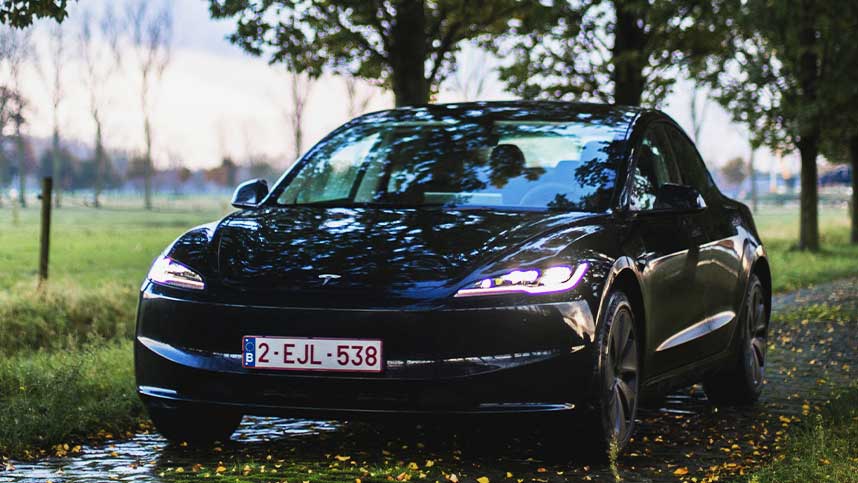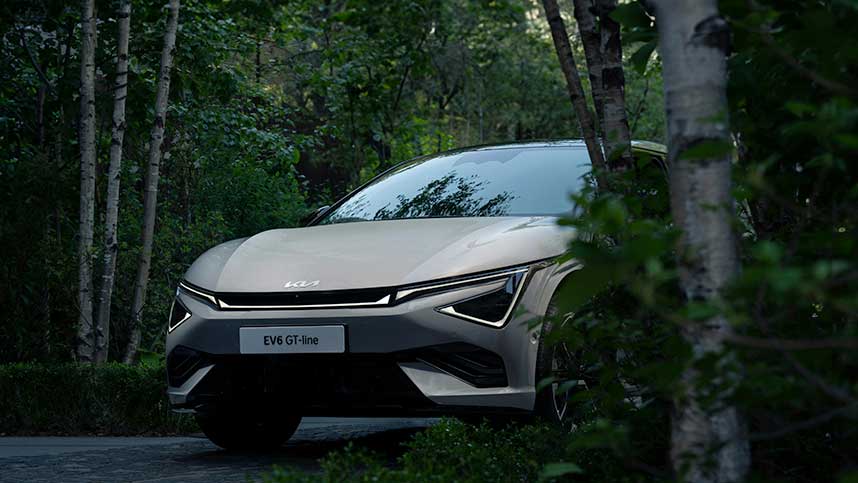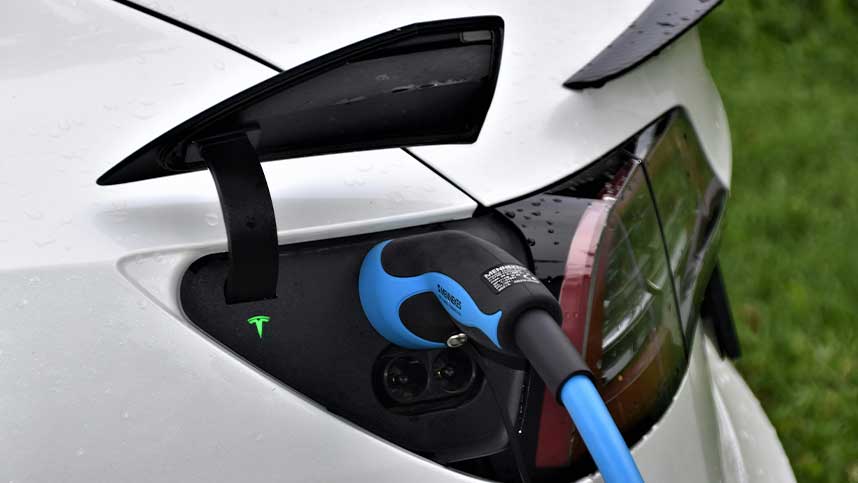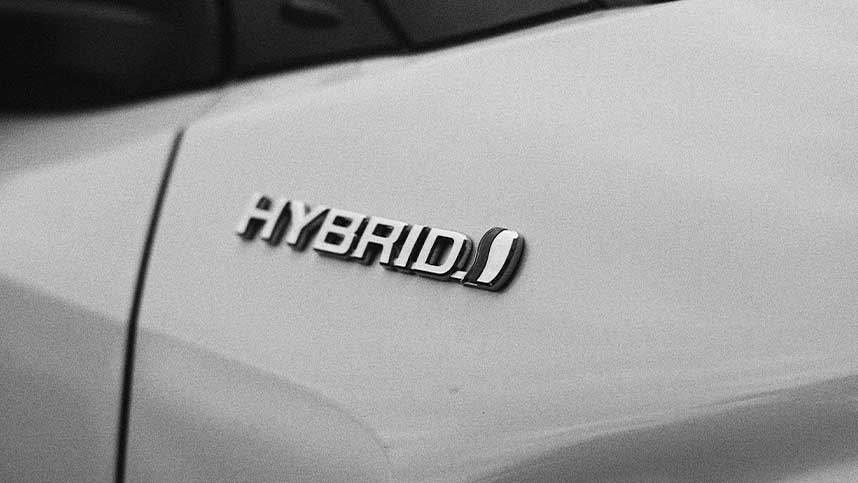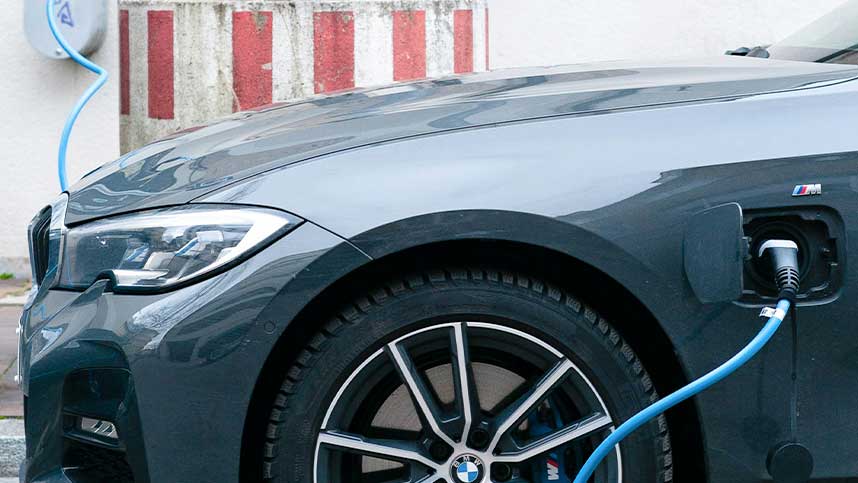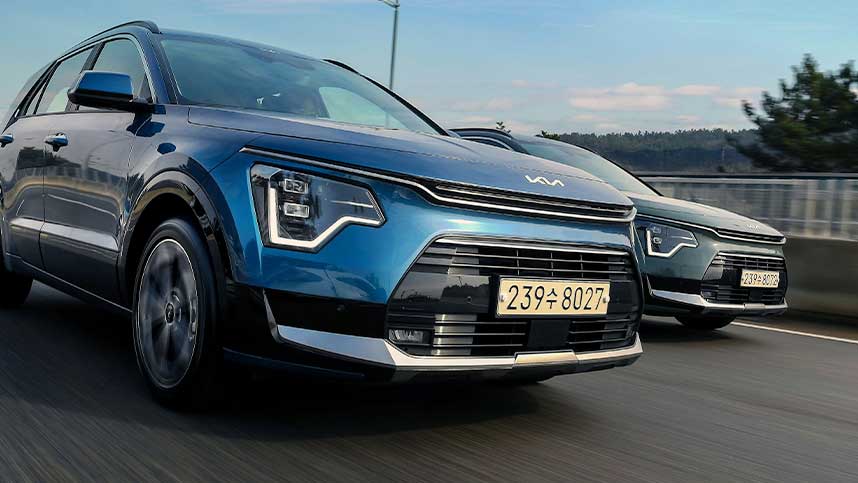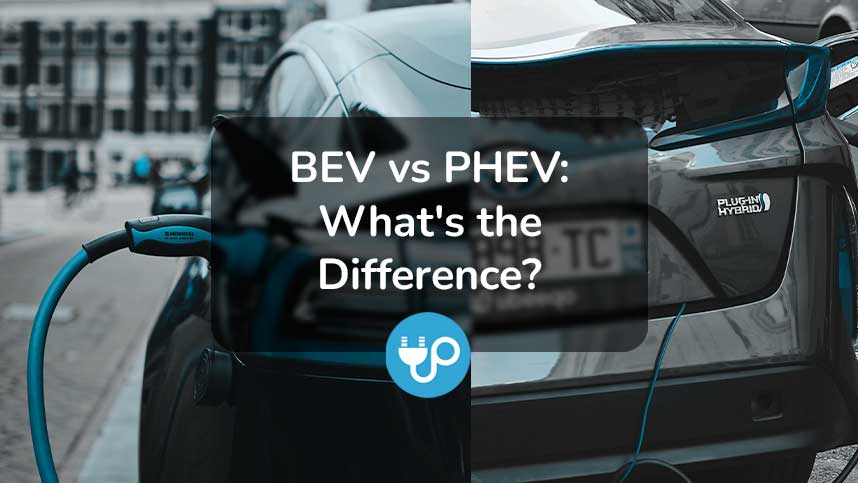
BEV vs PHEV – What’s the Difference?
Electric vehicles are becoming more popular as people look for greener and more sustainable transportation options.
With growing environmental concerns and advancements in technology, more drivers are turning away from traditional petrol-powered cars.
Instead, they are considering electric vehicles for their eco-friendly benefits and potential cost savings.
Among the various types of EVs, two main categories stand out: BEVs (Battery Electric Vehicles) and PHEVs (Plug-in Hybrid Electric Vehicles).
But what are the differences between BEV vs PHEV?
This article will go into detail about both, discuss the benefits and drawbacks as each, as well as talk about which one might be better for you - BEV vs PHEV.
Chapters
What is a BEV?
A BEV is a type of electric vehicle that relies entirely on electric power for propulsion.
BEVs are powered by rechargeable battery packs, which store electricity used to drive an electric motor.
Unlike traditional internal combustion engine (ICE) vehicles, BEVs have no petrol or diesel engine, and they produce zero tailpipe emissions, making them an environmentally friendly option.
BEVs are charged by plugging them into an external electric power source, such as a home charging station or public charging infrastructure.
The charging process can vary in time, depending on the capacity of the battery and the type of charger used.
BEVs typically offer a range of anywhere from 100 to over 300 miles on a full charge, depending on the model and battery size.
Common examples of Battery Electric Vehicle brands include popular models like the Tesla Model S and Nissan Leaf.
BEVs represent a significant step towards reducing carbon emissions and dependence on fossil fuels, aligning with global efforts to combat climate change and promote sustainable transportation solutions.
What are the Benefits to a BEV?
Choosing a BEV provides numerous benefits, some of the main ones being:
Environmental Benefits
BEVs produce zero tailpipe emissions.
This reduces air pollution and greenhouse gases. Choosing a BEV helps combat climate change and improves air quality.
Cost Savings
Electricity is cheaper than petrol or diesel, leading to lower fuel costs.
BEVs also have fewer moving parts, resulting in reduced car service costs.
There are no oil changes, fewer brake replacements, and less engine wear.
Performance
BEVs offer instant torque for quick acceleration and a smooth driving experience.
They operate quietly, providing a more pleasant ride compared to internal combustion engine vehicles.
Government Incentives
Many governments offer incentives for purchasing BEVs, such as tax credits, rebates, and grants.
These incentives can significantly lower the initial cost of buying an electric vehicle, making them more affordable.
Technological Innovation
BEVs often come with advanced technology features, like regenerative braking and autopilot modes.
State-of-the-art infotainment systems and connectivity options enhance the driving experience and improve vehicle efficiency.
What are the Drawbacks to a BEV?
While BEVs have several advantages, there are some drawbacks to take into consideration.
Limited Range
One of the main drawbacks of BEVs is their limited range, causing range anxiety.
Most BEVs can travel between 100 to 300 miles on a single charge.
This range might not be sufficient for long trips or remote areas without charging infrastructure.
Charging Infrastructure
The availability of charging stations is still limited in many areas.
This can make long-distance travel challenging and inconvenient.
Drivers may need to plan their routes carefully to ensure they can recharge their vehicle.
Longer Refuelling Time
Charging a BEV takes significantly longer than refuelling a petrol car.
While fast chargers can reduce charging time, it still typically takes 30 minutes to several hours.
This can be inconvenient, especially during long trips.
Higher Initial Cost
BEVs often have a higher upfront cost compared to traditional internal combustion engine vehicles.
Although government incentives and lower operating costs can offset this, the initial price can still be a barrier for many buyers.
Battery Degradation
Over time, BEV batteries can degrade, leading to reduced range and performance.
Replacing a battery can be expensive, and the long-term durability of batteries is still a concern for many potential buyers.
What is a PHEV?
A PHEV combines a traditional internal combustion engine with an electric motor and battery.
This hybrid system allows PHEVs to run on electric power alone for a certain distance before the petrol engine takes over.
Typically, the electric range of a PHEV is between 20 to 40 miles, after which the vehicle operates like a regular hybrid, using both the engine and the electric motor to optimise fuel efficiency.
PHEVs can be charged by plugging them into an external power source, such as a home charging station or a public charger.
This feature distinguishes them from standard hybrid vehicles, which rely solely on regenerative braking and the internal combustion engine to charge the battery.
The ability to charge from the grid means PHEVs can significantly reduce petrol consumption and emissions during shorter trips when driven primarily on electric power.
What are the Benefits to a PHEV?
PHEVs have many advantages over typical ICE cars.
Some of the main ones are:
Reduced Fuel Consumption
PHEVs significantly reduce fuel consumption by using electric power for shorter trips.
This means less reliance on petrol, which can lead to considerable savings on fuel costs.
Lower Emissions
PHEVs produce fewer emissions compared to traditional petrol vehicles, especially during electric-only operation.
This contributes to a cleaner environment and helps in reducing your carbon footprint.
Flexibility
PHEVs offer the flexibility of using both electric and petrol power.
For short commutes, you can rely on electric power.
For longer trips, the petrol engine provides the necessary range, reducing the worry of running out of charge.
Incentives and Rebates
Many governments offer incentives, tax rebates, and grants for purchasing PHEVs.
These financial benefits can make PHEVs more affordable and offset the higher initial purchase price compared to traditional vehicles.
Regenerative Braking
PHEVs often feature regenerative braking, which captures energy usually lost during braking and uses it to recharge the battery.
This not only improves energy efficiency but also extends the lifespan of the brake system by reducing wear and tear.
What are the Drawbacks to a PHEV?
Similarly to BEVs, PHEVs also have several disadvantages to take into consideration.
Higher Initial Cost
PHEVs generally have a higher purchase price compared to traditional petrol vehicles and even some BEVs.
This can be a significant investment upfront, despite potential savings on fuel and maintenance.
Complex Maintenance
PHEVs combine electric and petrol powertrains, making them more complex.
This can result in higher maintenance costs and the need for specialised technicians who understand both systems.
Limited Electric Range
The electric-only range of PHEVs is typically much shorter than that of BEVs.
This means for longer trips, you'll still rely on the petrol engine, reducing the overall fuel and emission benefits.
Charging Infrastructure
While PHEVs can be charged at home, finding public charging stations can be a challenge in some areas.
This can limit the convenience of using electric power, especially for those without access to home charging.
Battery Degradation
Like all electric vehicles, PHEVs face battery degradation over time.
However, their batteries are generally smaller than those in BEVs, potentially leading to faster degradation and the need for replacement, which can be costly.
BEV vs PHEV - Which is Better?
When deciding between a BEV vs PHEV, several factors come into play, including environmental impact, cost, convenience, and driving needs.
Environmental Impact
BEVs are generally better for the environment.
They produce zero emissions during operation, relying entirely on electricity stored in their batteries.
PHEVs, while more environmentally friendly than traditional internal combustion engine vehicles, still emit greenhouse gases when running on their petrol engine.
If minimising your carbon footprint is a priority, BEVs are the superior choice.
Cost
Upfront costs for both BEVs and PHEVs can be higher than traditional vehicles.
However, BEVs often have lower long-term costs due to fewer moving parts, leading to reduced maintenance expenses.
Additionally, BEVs can save money on fuel since electricity is usually cheaper than petrol.
PHEVs might offer savings on fuel costs too, but the need for petrol refuelling diminishes their long-term economic advantage compared to BEVs.
Convenience
PHEVs offer greater convenience in terms of range.
With a PHEV, you can rely on the petrol engine when the electric range is exhausted, which is ideal for long trips or areas with limited charging infrastructure.
BEVs require more planning for long trips due to their reliance on charging stations, which can be less abundant than gas stations.
Driving Needs
For those who primarily drive short distances and have access to charging infrastructure, a BEV can be a perfect choice.
BEVs provide a smooth, quiet ride with instant torque.
However, if you frequently drive long distances or in areas where charging stations are scarce, a PHEV might be more practical.
PHEVs offer the flexibility of electric driving for daily commutes and the security of a petrol engine for longer journeys.
Conclusion
In the choice of BEV vs PHEV, it can be hard to make a decision.
Choosing between a BEV and a PHEV depends on your needs and lifestyle.
BEVs are ideal for those seeking zero emissions and lower running costs, provided they have access to charging.
PHEVs offer more flexibility and range, making them suitable for those who travel longer distances.
Both options contribute to a greener future, but the right choice varies for each individual.
Blog Archive
- Where Can I Charge My Electric Car?
- Electric Car Maintenance and Servicing Guide
- How Often Should I Charge My Electric Car?
- How to Check EV Battery Health
- Do Electric Cars Pay Road Tax?
- October 2024 Budget: Key EV News
- EV vs ICE – Which is Best?
- Should I Charge My EV to 80 or 90 or 100%?
- UK Government Announces Hybrid Sales Allowed Until 2035
- BEV vs PHEV – What’s the Difference?
- Definitely Not A Guru (Jim Starling) Reviews Joosup
- How Long Do Electric Car Batteries Last?
- 25 New Electric Car Brands on UK Roads
- General Election 2024: Major Party Net Zero Policies Compared
- Electric Car Service Costs vs ICE
- CHAdeMO vs CCS – What’s the Difference?
- Mr EV Reviews Joosup
- What is the ZEV Mandate?
- Spring 2024 Budget: No VAT Rate Cut on Public EV Charging
- What is Regenerative Braking?

